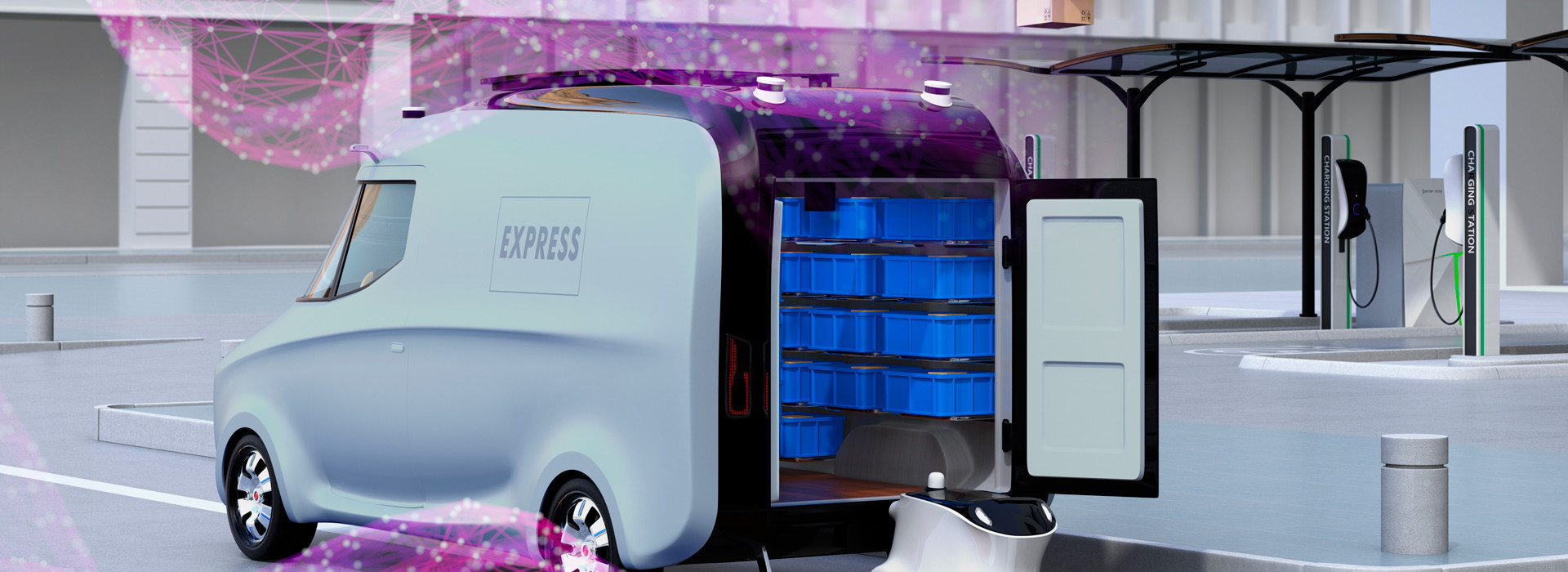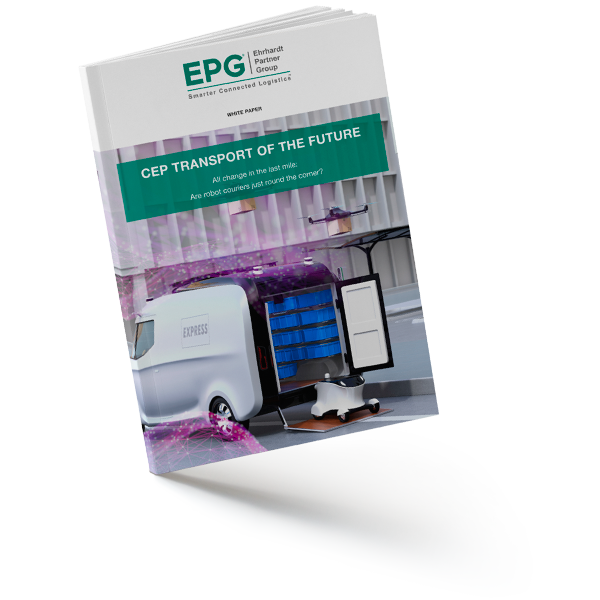Online retail as driver.
One click in your shopping cart and an order is on its way. e-commerce provides a quick and convenient way to order goods from the comfort of your sofa and have them delivered directly to your front door. No wonder then that online trade, and in particular the B2C sector, is seeing high growth. According to a forecast by the statistics portal, Statista, e-commerce sales in 2018 will be around 53 billion euros (2016: 44 billion euros). The increase in the volume of last mile shipments is closely linked to the boom in online retail. According to the 2019 Last Mile Study by the German Parcel and Express Association (BIEK), 3.52 billion parcels were sent in 2018, which is an increase of around 4.9 percent compared to the previous year.




